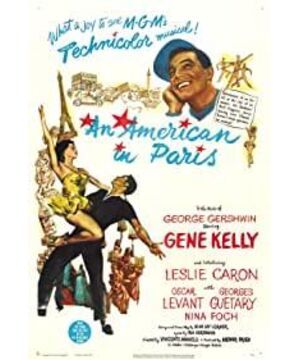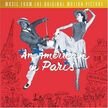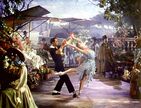Musical films, usually, bring the performer and the audience into an intimate relationship, and these are then reinforced by the performer's "off-stage" conflicts, such as pursuit, love, and marriage. However, the male protagonist "the other woman" is a more important role for the narrative than the female protagonist "the other man". They are usually a seductive, morally dubious type and, by contrast, amplify the virtues of the heroine.
"The music marks the progression towards performance, when all the squabbles that threaten the performance's existence are over, and he finally celebrates the performance itself." In musicals, performance fuses, mediates conflicting attitudes and characters' lifestyles, so it passes It celebrates the combination of the nature of song and dance and the culture represented by marriage. As a result, familiar cultural rituals are composed into music and the environment is transformed into an idealized utopian kingdom. For example, the Academy of Arts ball, for Parisian aesthetes, is the climax of the Parisian aesthetic season. It also provides a narrative backdrop for the surreal fantasy ballet of the hero and heroine. In this glorious, 20-minute finale, the lovers' conflict is miraculously resolved in a sumptuous, vibrant tribute to French painting and culture.
Aside from that blunt happy ending, the finale song and dance is perhaps the greatest achievement of this genre in showing the coexistence of elite and pop art, accompanied by high-form beauty.
View more about An American in Paris reviews











